When it comes to maintaining and replacing your roof, there is a lot of misinformation that can lead to costly mistakes or unnecessary worry. Homeowners in Des Moines and Cedar Rapids often encounter various myths about roofing that can affect their decisions about repairs, maintenance, or replacement. In this blog, we will debunk some of the most common roofing myths and provide accurate information to help you make informed decisions for your home.
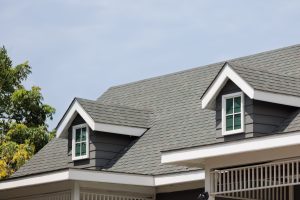
1. Myth: A New Roof Can Be Installed Over the Old One
One of the most pervasive myths in the roofing industry is that you can install a new roof directly over an old one without any issues. While it is technically possible to layer a new roof over an old one, this practice is generally not recommended by professional roofing contractors. Here’s why:
- Added Weight: Layering shingles adds significant weight to your roof, which can strain the structural integrity of your home.
- Hidden Damage: Installing a new roof over an old one can hide underlying issues, such as rot, mold, or leaks, which could worsen over time and lead to more extensive damage.
- Shortened Lifespan: The lifespan of the new roofing material may be reduced due to improper installation or the inability to properly secure the shingles.
For these reasons, it is usually better to remove the old roof before installing a new one. This ensures that any hidden damage is addressed, and the new roof is installed correctly.
2. Myth: Roofs Only Need to Be Repaired When Leaks Occur
Another common misconception is that roof repairs are only necessary when a leak is detected. In reality, leaks are often the final symptom of a roofing problem that has been developing over time. Waiting until a leak occurs can lead to more extensive damage, both to your roof and the interior of your home.
Regular inspections by reputable roofing companies can help identify issues such as:
- Cracked or Missing Shingles: These can allow water to penetrate the roof, leading to leaks.
- Damaged Flashing: Flashing around chimneys, vents, and skylights can deteriorate, leading to potential water infiltration.
- Clogged Gutters: Gutters that are clogged with debris can cause water to back up under the roof, leading to leaks.
By addressing these issues before they lead to leaks, you can save money on repairs and extend the life of your roof.
3. Myth: All Roofing Materials Are the Same
There is a widespread belief that all roofing materials are essentially the same, so it doesn’t matter which one you choose. This is far from the truth. Different roofing materials offer varying levels of durability, energy efficiency, and aesthetic appeal. For example:
- Asphalt Shingles: Affordable and easy to install, but may not last as long as other materials.
- Metal Roofing: Durable and energy-efficient, but can be more expensive upfront.
- Slate: Extremely long-lasting and aesthetically pleasing, but also heavy and costly.
The best roofing material for your home depends on various factors, including your budget, climate, and the architectural style of your home. Consulting with experienced roofing contractors can help you choose the right material for your needs.
4. Myth: A Roof Doesn’t Need Maintenance
Some homeowners believe that once a roof is installed, it doesn’t require any maintenance. However, like any other part of your home, your roof needs regular care to stay in good condition. Regular maintenance, such as cleaning gutters, inspecting for damage, and replacing missing shingles, can prevent small issues from becoming major problems.
Roofing companies recommend annual inspections to catch potential issues early and keep your roof in top condition. Neglecting maintenance can lead to premature aging of the roof and costly repairs down the line.
5. Myth: You Can Repair Your Roof Yourself
While some homeowners may be tempted to tackle roof repairs on their own, this is often not advisable. Roofing is a complex and dangerous job that requires specialized knowledge and equipment. Attempting to repair your roof without the proper training can result in:
- Injury: Falls from roofs are a common cause of injury for DIYers.
- Improper Repairs: Without professional expertise, you may not address the root cause of the issue, leading to further damage.
- Voided Warranties: Many roofing materials come with warranties that require installation and repairs to be done by licensed contractors. DIY repairs can void these warranties.
For safety and peace of mind, it’s best to hire professional roofing contractors to handle any repairs or maintenance.
Conclusion: Get the Facts Straight
There are many myths and misconceptions about roofing that can lead to poor decisions and costly mistakes. By understanding the facts and working with reputable roofing companies, you can ensure that your roof is properly maintained and repaired.
If you have any concerns about your roof or are considering a replacement, contact Robison Roofing & Construction for a free, no-pressure estimate and inspection. Our team of experts is here to help you make informed decisions and keep your home safe and secure.
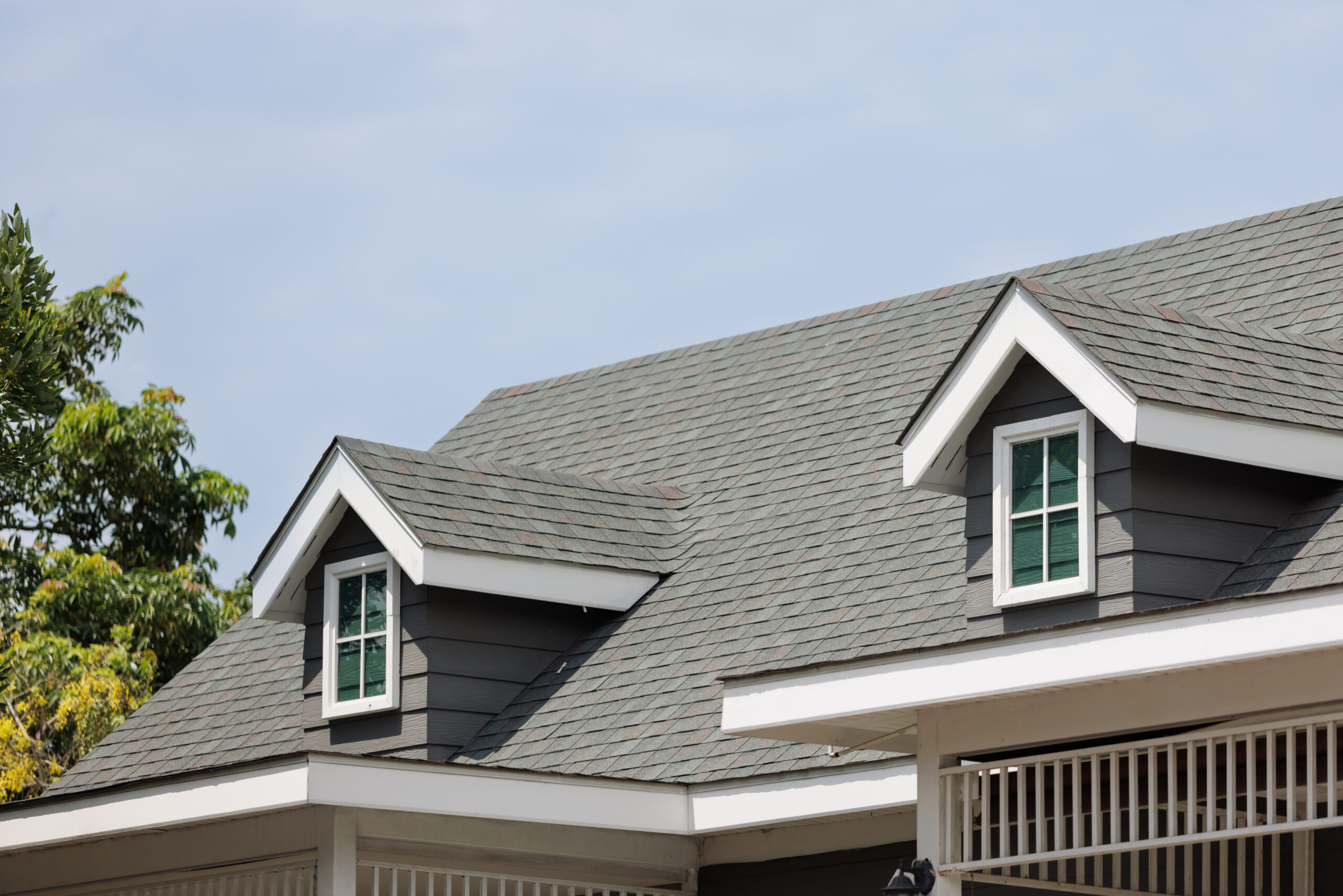
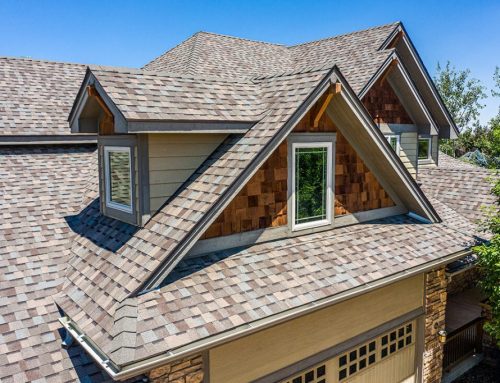
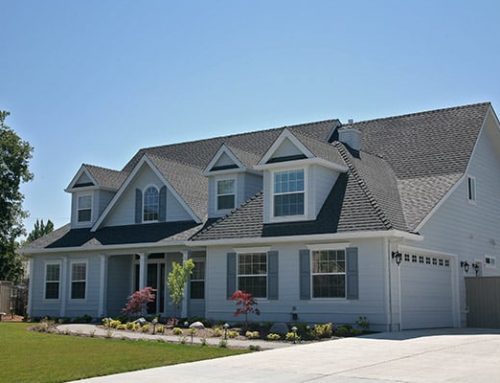
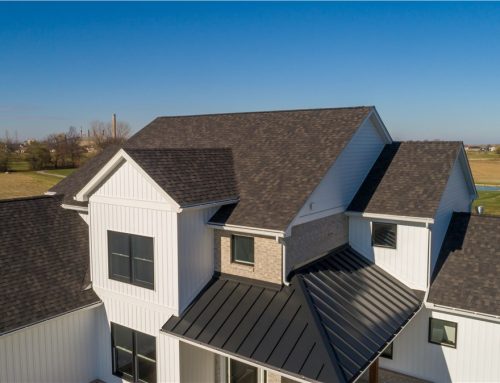
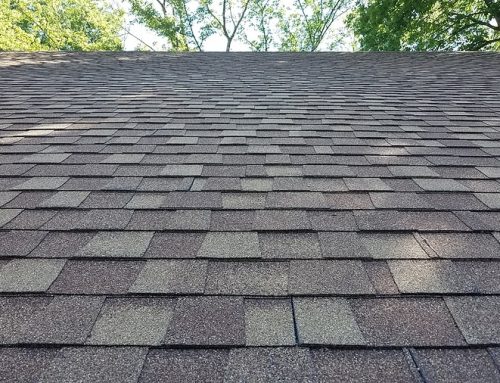
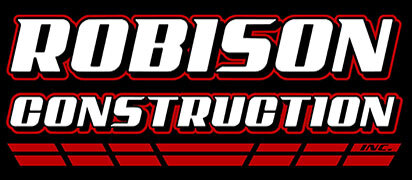

Leave A Comment